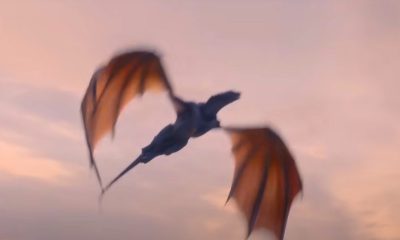Editorial
The best George R. R. Martin books that are not Game of Thrones
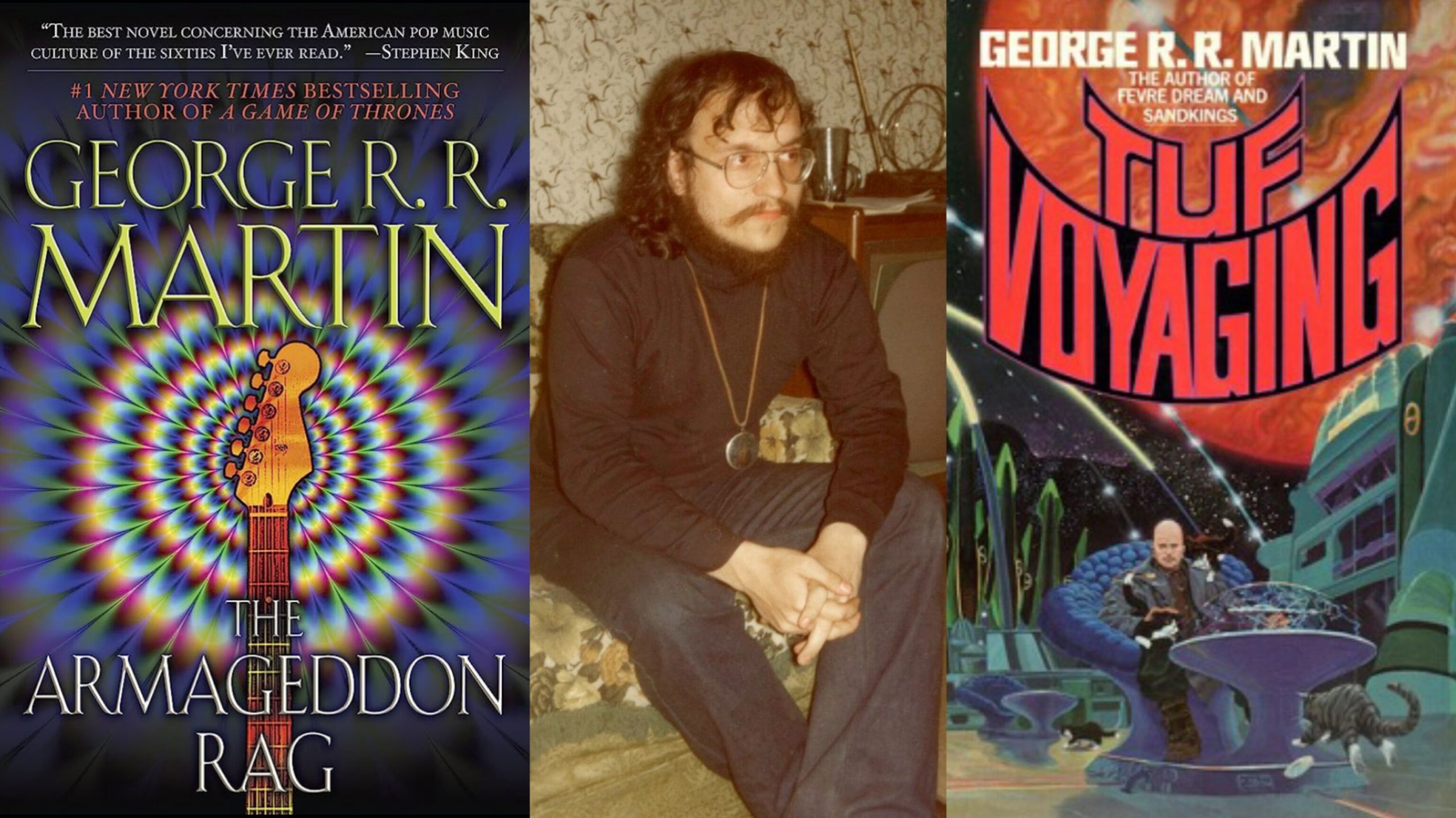
George R.R. Martin is best known as the author of A Song of Ice and Fire, which set the stage for the biggest show of the past decade by HBO, Game of Thrones, and now, House of the Dragon. While he is best known for his novels set in the Game of Thrones universe, he has published over 50 other books and novellas. He sold his first story in 1971 and has continued writing professionally ever since. While we wait for his next book in the series, Winds of Winter, for the twelfth year in a row, here are all of his best published works (that are not Game of Thrones).
The Armageddon Rag
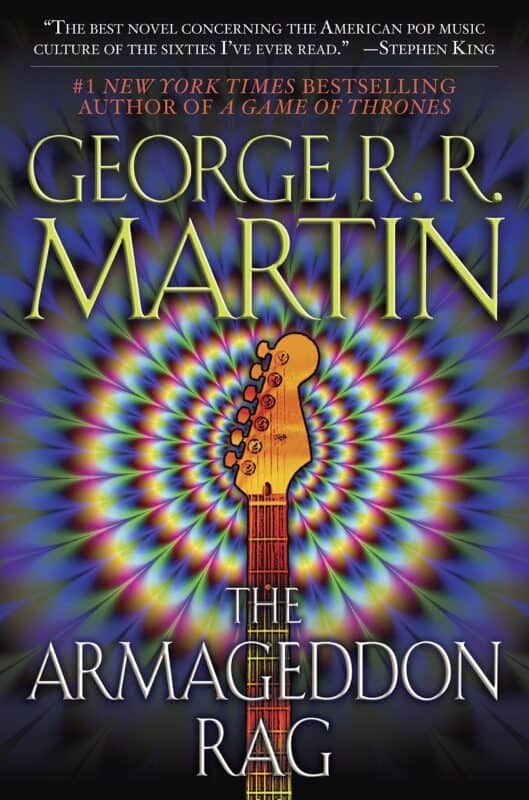
Published in 1983, George R.R. Martin explores the late 1960s and early 1970s while blending mystery, fantasy and rock culture. The story follows Sandy Blair, a former journalist who once played a significant role in the counterculture movement. Blair is assigned to investigate the mysterious murder of a rock promoter, and his journey takes him back into the world of music and the memories of his past.
As Blair delves deeper into the investigation, he becomes entangled in a web of conspiracy and supernatural occurrences. He reunites with his old acquaintances from the rock music scene and discovers that they are all being targeted. There are hints of a dark and malevolent force at work, threatening to bring about an apocalyptic event.
Through his encounters with the surviving members of a legendary rock band, Blair confronts his own demons. He is forced to reevaluate his ideals and aspirations. The narrative explores themes of nostalgia, disillusionment, and the clash between idealism and reality.
From #1 New York Times bestselling author George R. R. Martin comes the ultimate novel of revolution, rock ’n’ roll, and apocalyptic murder—a stunning work of fiction that portrays not just the end of an era, but the end of the world as we know it.
Read More: George R.R. Martin originally wanted the Game of Thrones books to be a trilogy
Dying of the Light
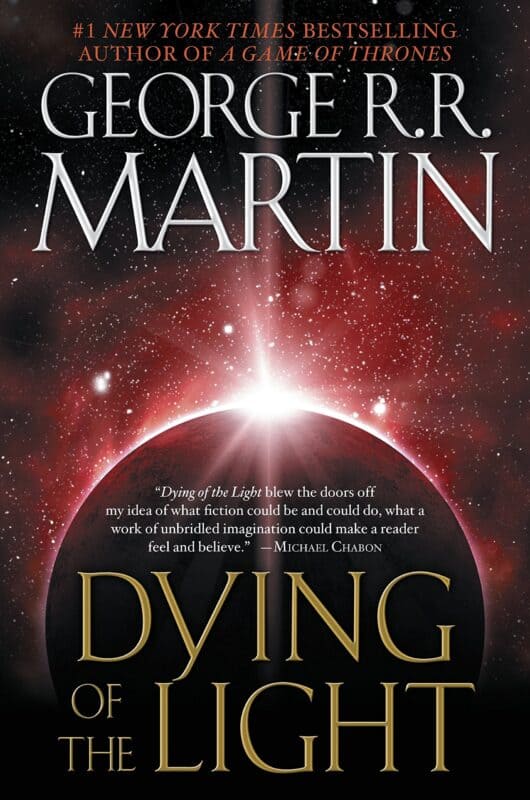
This book was his debut novel, and he didn’t hold back. The novel explores themes of love, loss, identity, and the exploration of human emotions in an alien and dying setting. Set in a distant future, the story revolves around the fictional planet Worlorn. Here is a world on the brink of destruction as it drifts away from its star, plunging into eternal darkness. The narrative follows Dirk t’Larien, a former space pilot. He receives a message from his former lover, Gwen Delvano, begging for his help on Worlorn.
Dying of the Light combines elements of space opera and romantic tragedy, offering a blend of science fiction and emotional storytelling. Through Martin’s complex characters, we delve into the existential questions of purpose and existence as Dirk and the inhabitants of Worlorn grapple with their own mortality and the impending darkness that surrounds them.
Fevre Dream
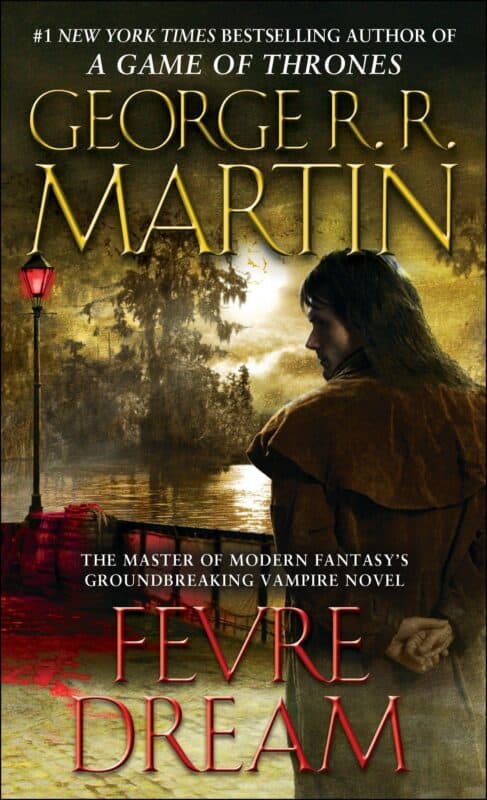
Published in 1982, Fevre Dream offers a unique twist on vampire mythology. This book explores the complex nature of vampirism and the human condition. Picture this: it’s the 19th century, and we’re cruising down the Mississippi River. Our main character, Abner Marsh, is a struggling steamboat captain just trying to make ends meet. He gets approached by Joshua York, this mysterious rich guy who’s got some big plans.
As they embark on this venture, Marsh soon discovers that York is not an ordinary man. He is a vampire with a noble mission to rid the world of evil vampires who prey on humans. Throughout their journey, their alliance is tested, and Marsh must grapple with his own beliefs and the line between good and evil.
A thrilling re-invention of the Vampire novel by the master of modern fantasy, George R.R. Martin
Read More: George R. R. Martin shares how he names his Game of Thrones book characters
Tuf Voyaging
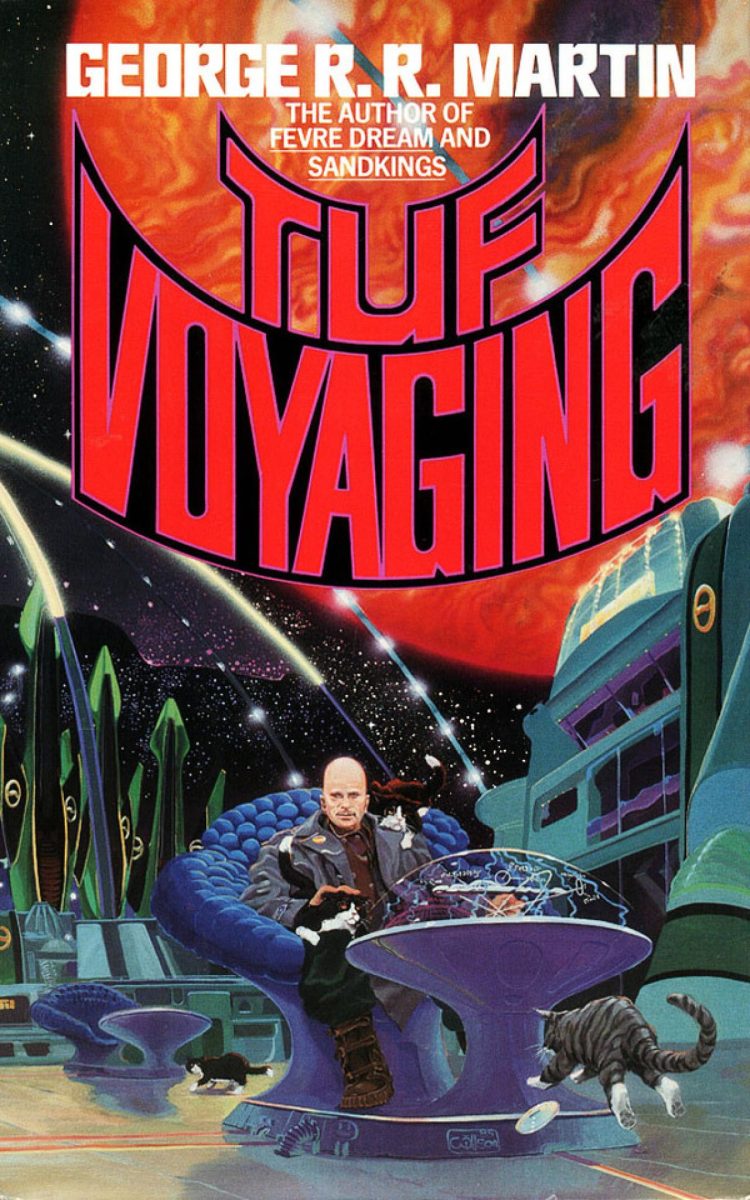
George R.R. Martin dove deeper into the science fiction and dark humor genre with this novel published in 1986. This book brings together a series of darkly comic short stories originally published in monthly science fiction magazines in the mid-1980s. It introduces us to Haviland Tuf. He is a quirky and loner space trader who stumbles upon an ancient and powerful spaceship called the Ark. This ship is like no other because it can manipulate and control biological matter, including creating new species and ecosystems.
He travels to different planets and uses the Ark’s abilities to solve all kinds of problems. But soon, he gets tangled up in political conflicts, ecological disasters, and all sorts of crazy situations. It’s like he’s playing god with these alien worlds but with good intentions… most of the time.
With the Ark by his side, he sets off on a mission to get rid of all the dictators and tyrants in the universe, one planetary disaster at a time.
Tuf Voyaging is the story of quirky and endearing Haviland Tuf, an unlikely hero just trying to do right by the galaxy, one planet at a time.
Dreamsongs Volume I & II
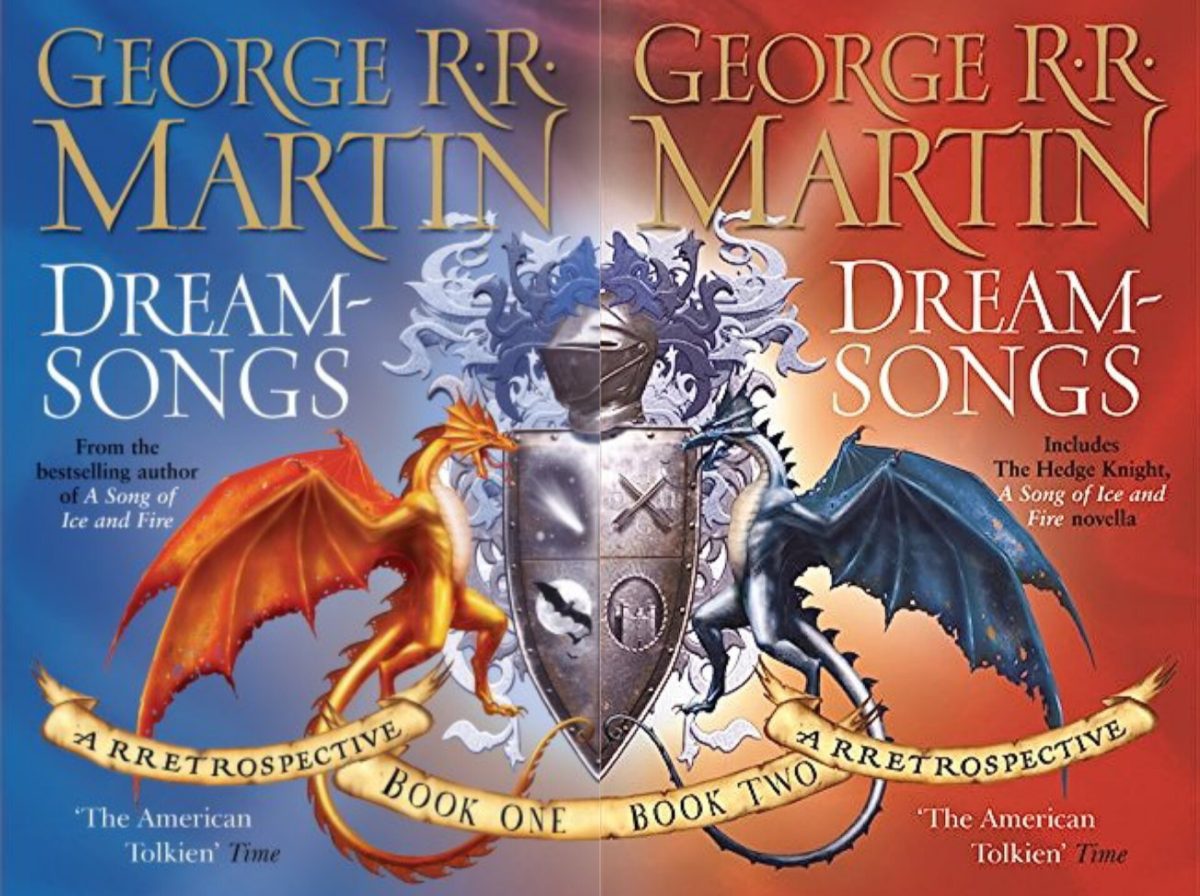
These two compilation novels bring together a collection of Martin’s earlier works. It includes short stories, novellas, and excerpts from his novels. In Dreamsongs: Volume One, readers get to dive into Martin’s early stuff from the 1960s to the early 1980s. It’s like a time capsule of his writing journey. There are sci-fi, fantasy, and horror stories featuring gems like “The Fortress,” “Sandkings,” and “A Song for Lya.” Oh, and the best part? Martin himself gives you these personal introductions, giving you a behind-the-scenes peek into his writing adventures.
Dreamsongs: Volume Two picks up where the first one left off. It covers Martin’s career from the mid-1980s to the early 2000s. You’ll find a whole bunch of stories here, including “The Hedge Knight” from A Song of Ice and Fire series. There are also “Portraits of His Children,” “The Skin Trade,” and “The Glass Flower” to keep you hooked.
In total, Dreamsongs collects more than 30 stories and novellas. These volumes help the reader truly explore George R.R. Martin’s expansivity as a writer.
Read More: George R.R. Martin hopes to finish all 7 Game of Thrones books “soon”
Wild Card Series
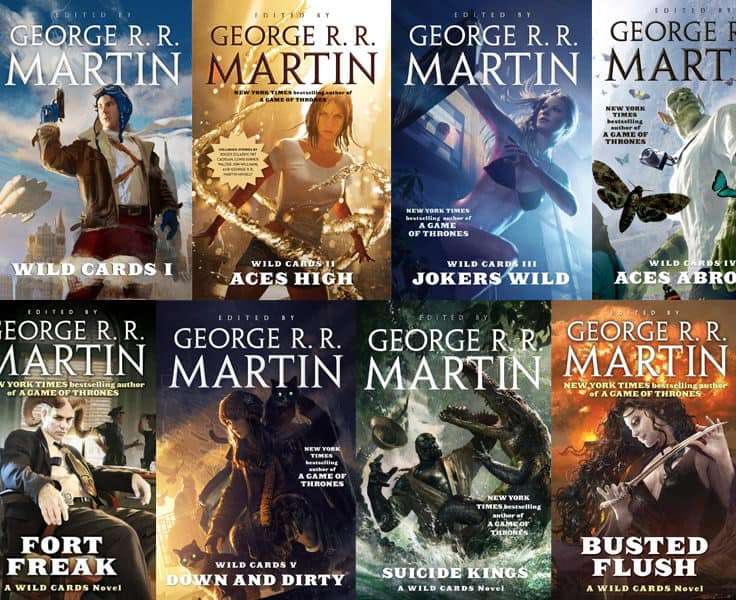
This series has been going on since before A Song of Ice and Fire and has over 30 published books so far. Launched in 1987, it has since expanded with numerous installments written by different contributors. The Wild Cards series is a shared universe of science fiction novels and stories created by a group of authors, including George R.R. Martin.
Set in an alternate history world, the Wild Cards universe diverges from our reality after an alien virus was released over New York City in 1946. The virus, called the Wild Card, affects individuals in unpredictable ways. It either grants them superhuman abilities (known as Aces) or deforms them into grotesque mutants (known as Jokers). Some unlucky individuals are transformed into dangerous and unpredictable beings called Deuces.
Each book and story focuses on different characters, their origins, struggles, and interactions within a society dealing with the consequences of the virus. The narratives often intertwine personal stories with global events as the characters navigate a world shaped by superpowers, political intrigue, and the ongoing impact of the Wild Card virus.
Short Stories and Collections by George R. R. Martin
- A Song for Lya (1976): A science fiction novella that follows a telepathic couple investigating a powerful alien Unity, raising questions about identity and the allure of surrendering oneself to a collective consciousness.
- Songs of Stars and Shadows (1977): A fantasy novel that weaves together the fates of three individuals as they navigate a world of ancient prophecies, political intrigue, and cosmic forces.
- Sandkings (1979): A gripping science fiction novelette that explores the dark and twisted consequences of a man’s fascination with alien creatures and his descent into madness.
- Nightflyers (1981): This novella follows a group of scientists aboard a mysterious spaceship as they encounter escalating terrors and delve into the dark secrets of their own psychic abilities. It also spawned a Netflix show of the same name in 2018, and George R.R. Martin was the lead writer for the show along with Jeff Buhmer.
- Songs the Dead Men Sing (1983): This is a haunting collection of horror stories that explores the depths of human darkness and the chilling encounters with supernatural entities.
- Portraits of His Children (1987): A science fiction short story by George R.R. Martin that delves into the moral dilemmas faced by a scientist who creates sentient beings in his laboratory, blurring the line between creator and creation.
- The Pear-Shaped Man (1991): A darkly humorous and unsettling urban fantasy short story that examines the life of a timid man living in an apartment building, haunted by the enigmatic and disturbing presence of his peculiar neighbor.
- Starlady and Fast-Friend (2008): Two novelettes set in the wide backdrop of space and survival.
- Quartet: Four Tales from the Crossroads (2001): A collection of short stories, namely|
The Skin Trade: An award-winning horror novella about werewolves
Blood of the Dragon: A compilation of Daenerys Targaryen’s chapters from the first book of A Song of Ice and Fire, Game of Thrones
Black and White and Red All Over: An unfinished history-fiction novella surrounding the serial killer Jack the Ripper
Starport: An unproduced science-fiction screenplay
-
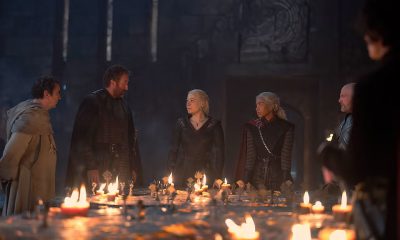
 Filming7 days ago
Filming7 days agoHouse of the Dragon begins Season 3 production and new cast members announced
-

 News6 days ago
News6 days ago“Get yo work!”: The Boys star Laz Alonso reacts after finding out House of the Dragon season 3 has just started filming
-

 Interview5 days ago
Interview5 days agoHouse of the Dragon showrunner felt “disappointed” with George R.R. Martin’s complaints with Season 2
-
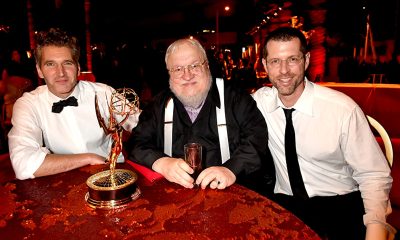
 Interview3 days ago
Interview3 days agoCasterly Rock and Highgarden will play a key role in The Winds of Winter
-

 Interview2 days ago
Interview2 days agoHouse of the Dragon Season 3 will cover 4 major events from Fire & Blood
-
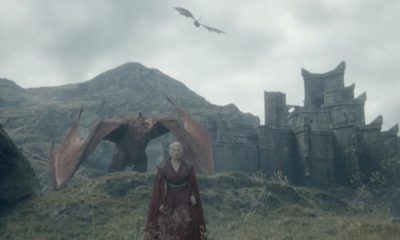
 Interview6 minutes ago
Interview6 minutes agoHouse of the Dragon showrunner says the war in Season 3 will go “very hot, very, very quickly”







